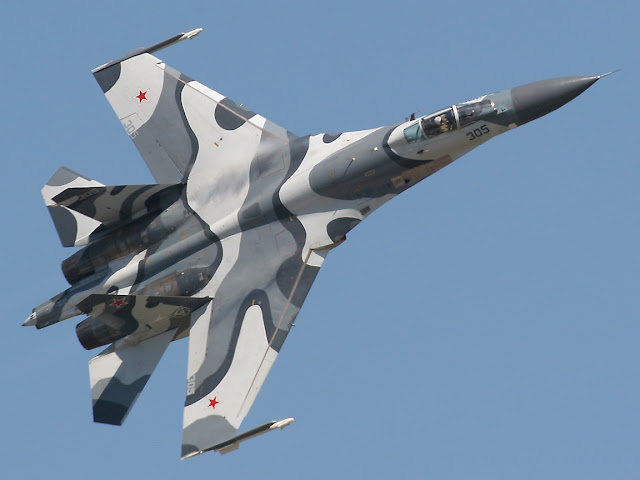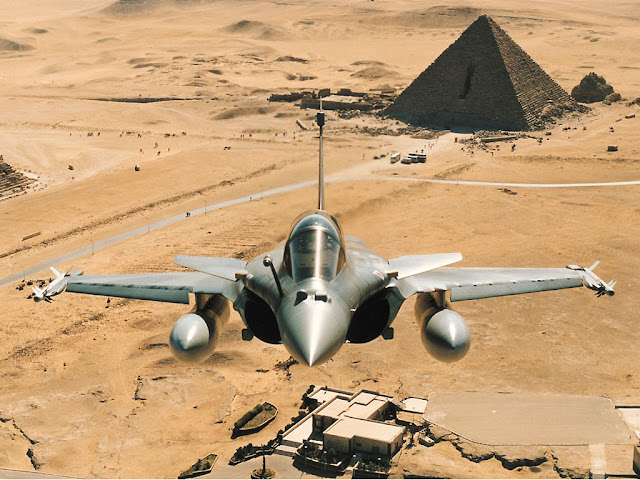QOTW: WHAT IS THE "REFERENCE THREAT"?
 |
| Su-35 |
During the Cold War, the answer was easy: Whatever the Soviets were flying.
These days, the answer is a lot more complicated. With the collapse of the Soviet Union, Russia has become less of a threat. Recent events in the Ukraine have brought some of those Cold War tensions back, however.
Russian fighters are quite well known among aviation enthusiasts. Cold War era Su-27 Flanker and MiG-29 Fulcrums have been updated to keep with the times. Sukhoi's latest, the Su-35, may look like its 80's vintage predecessor, but the addition of thrust vectoring, fly-by-wire, RCS improvements, and a PESA radar make it a thoroughly modern fighter.
Then, of course, there is also the impressive PAK FA on the horizon.
 |
| Chengdu J-10B |
Russia is not the only possibly adversary, however. China's predominance has brought it up to the status of full-blown superpower. In the past, China predominantly used Soviet equipment, or variants of Russian designs, like the Shenyang J-15 (based on the Su-30).
Now, China is more determined to use its manufacturing might to construct its own indigenous fighter designs. The most notable of which, the J-10 "Vigorous Dragon", bears a striking resemblance to Israel's failed IAI Lavi concept.
Some have dismissed China's previous attempts to build fighters in the past. Two "5th generation" fighters under development, the Chengdu J-20 "Mighty Dragon" and the Shenyang J-31 "Falcon Hawk", have caused quite a stir, however. The fact that China used classified F-35 design documents to help in the design may have something to do with that.
 |
| Dassault Rafale |
Political alliances can change, regimes can change, and governments can fall. This can sometimes lead to unfriendly nations equipped with cutting edge "western" hardware.
Iran still flies American-sourced F-14 Tomcats. During the Falklands conflict, British Sea Harrier found themselves up against French made Mirage IIIs and Mirage Vs. Iraq utilized Mirage F1s during the first Gulf War.
With buyers still being sought out for the F-16, F-15, Super Hornet, and F-35, there is always the possibility of history repeating itself with American hardware finding itself in the "wrong hands". One must also not ignore the recent sales of Typhoons and Rafales to middle-eastern countries (a region not known for its stability).
 |
| I'm going to ignore the SAM missile threat debate... For now. |
My vote would be for the J-10B at a bare minimum, with the Su-35 being considered as a "high-end threat". Aircraft like the J-20 and PAK FA are still a ways off, and it is debatable whether or not anything in the western inventory short of a F-22 would be match.
Oddly enough, I believe the Dassault Rafale should set the standard. (This is not a dig at the French, of course!) It is an impressive aircraft in all respects, so one could not be faulted for wanting a fighter that can match or exceed its capabilities.
What do you think?



Comments
Post a Comment